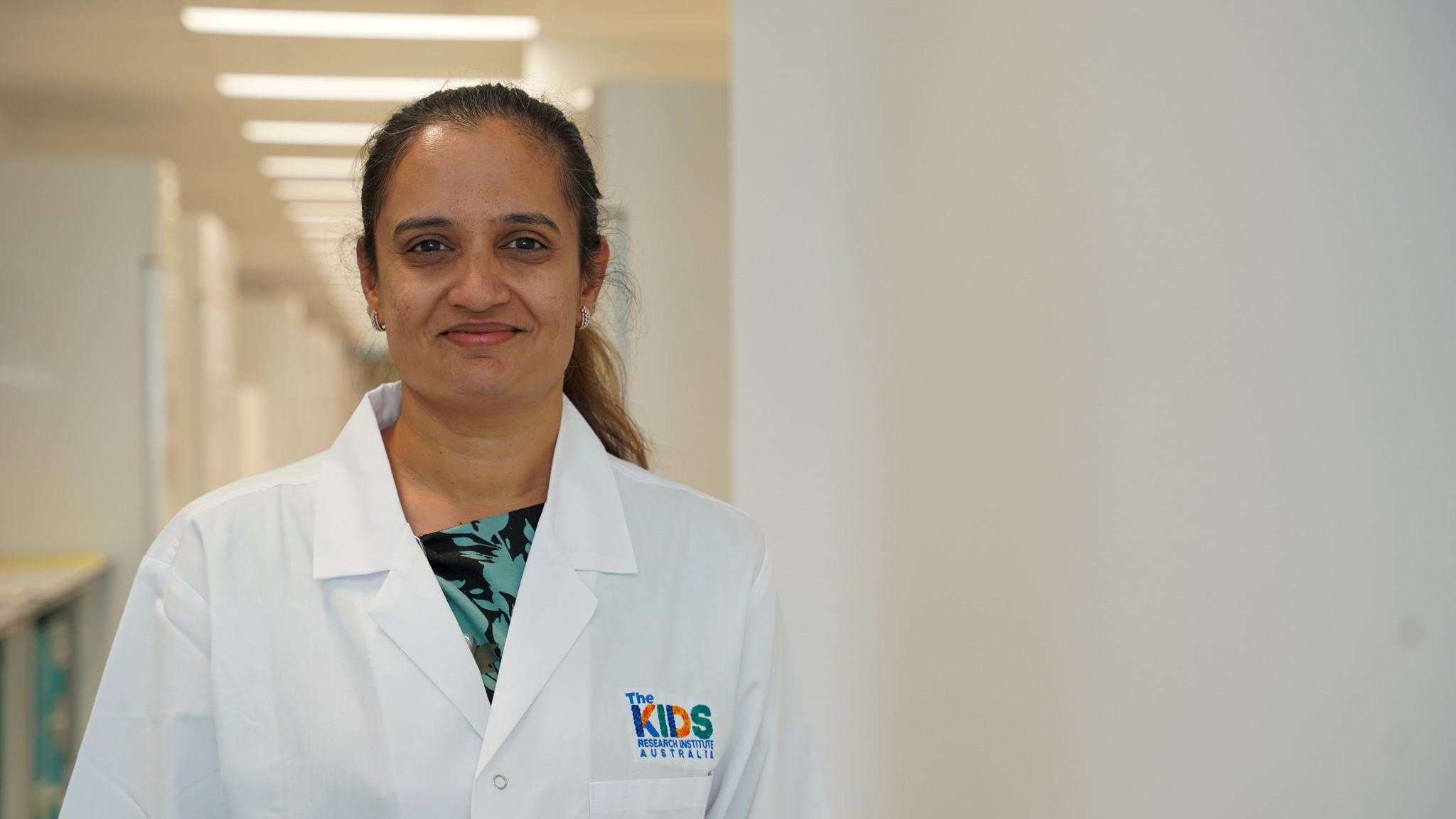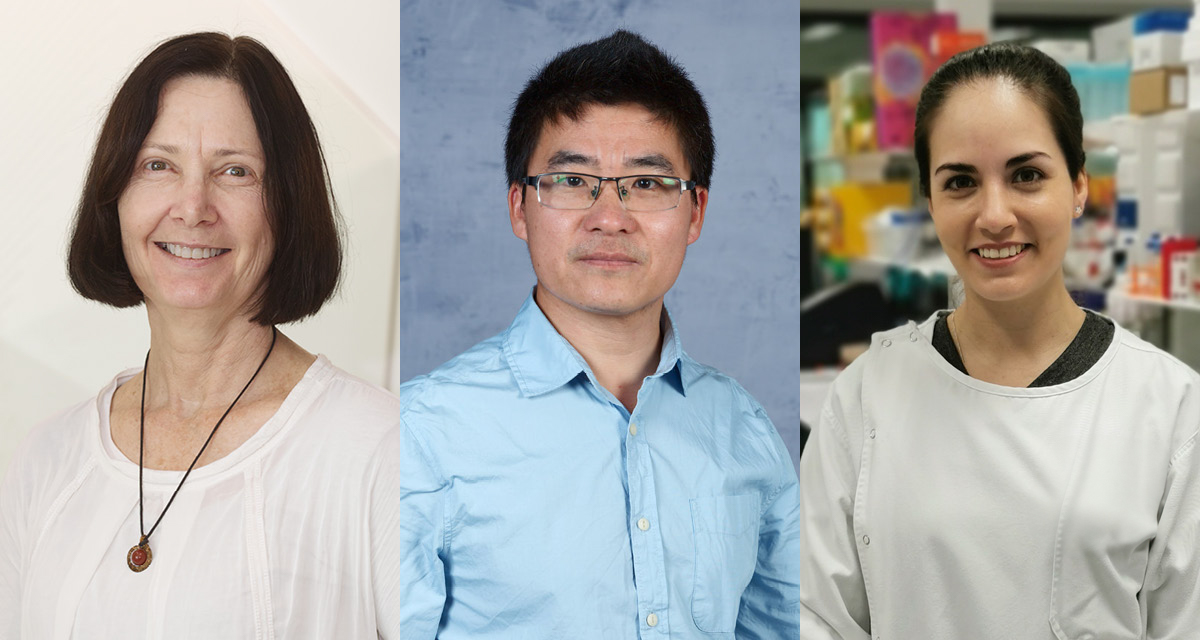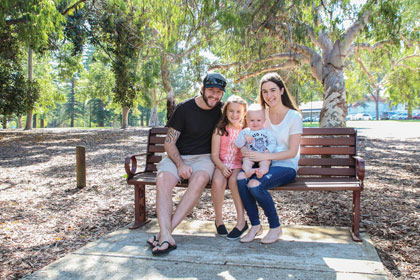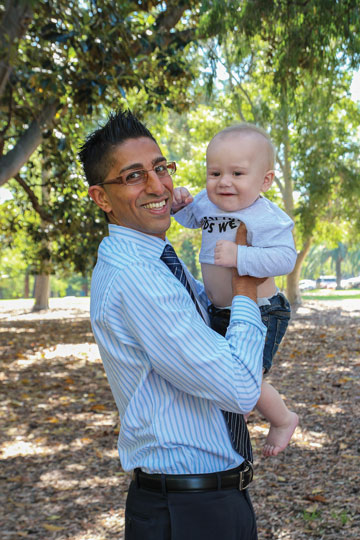Search


News & Events
Brain Cancer Awareness Month Q&A: Dr Hetal Dholaria’s vital work for WA KidsEach year in Australia, around 120 children are diagnosed with brain cancer, the leading cause of cancer-related death in young people.

News & Events
New funding to tackle undiagnosed diseases and improve cancer immunotherapyOne of the researchers who helped crack the code of 10-year-old Northam girl Charlotte Patterson’s incredibly rare disease has received State Government funding that will allow her to use the same methods to rapidly assess the cases of hundreds more patients living with undiagnosed disease.

News & Events
Cheeky Jackson heads home after 7.5 month nightmareMichelle Pianta knew deep down something was very wrong with her seven-and-a-half month old son Jackson as she waited at Bunbury Hospital for his blood results.

News & Events
Drug find could represent big win for our little patientsDr Rishi Kotecha knows too well the devastation of a leukaemia diagnosis in a child, treating children as a consultant at Princess Margaret Hospital.
Research
Exposure to household painting and floor treatments, and parental occupational paint exposure and risk of childhood brain tumorsThis study investigated whether household exposure to paints and floor treatments and parental occupational painting were associated with CBT risk...
Research
Exposure to pesticides and the risk of childhood brain tumorsThis Australian case-control study of CBT investigated whether exposures to pesticides before pregnancy, during pregnancy and during childhood, were...
Research
Factors relating to pregnancy and birth and the risk of childhood brain tumors: Results from an Australian case-control studyChildhood brain tumors (CBT) are the leading cause of cancer death in children, yet their causes are largely known. This study investigated the association...
Research
Maternal Use of Folic Acid and Other Supplements and Risk of Childhood Brain TumorsInterest in a possible protective effect of maternal vitamin use before or during pregnancy against childhood brain tumors (CBT) and other childhood cancers...
Research
Novel BRD4-NUT fusion isoforms increase the pathogenic complexity in NUT midline carcinomaThis study contributes to our understanding of the genetic diversity of NMC, an important step towards finding therapeutic targets for a disease that is...
